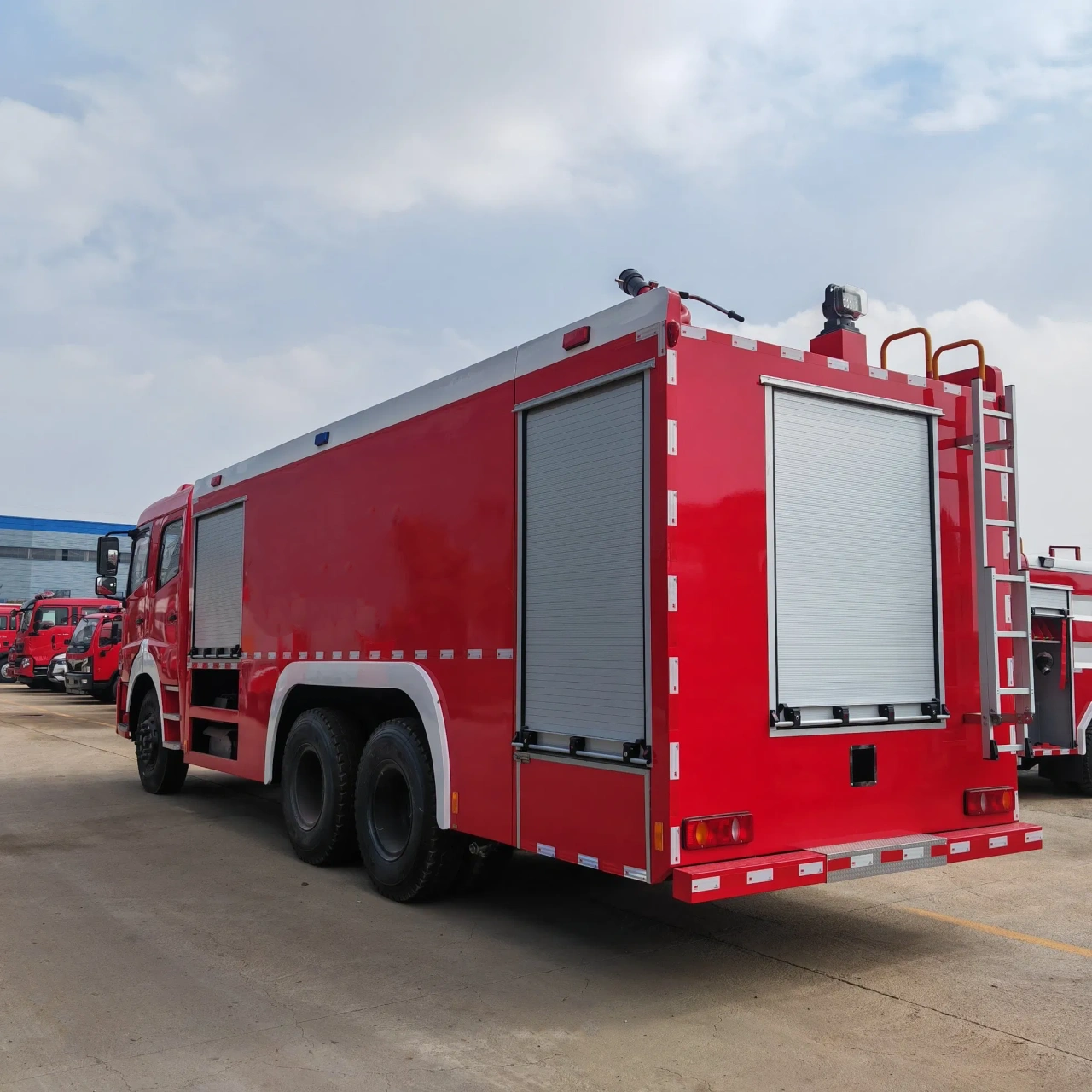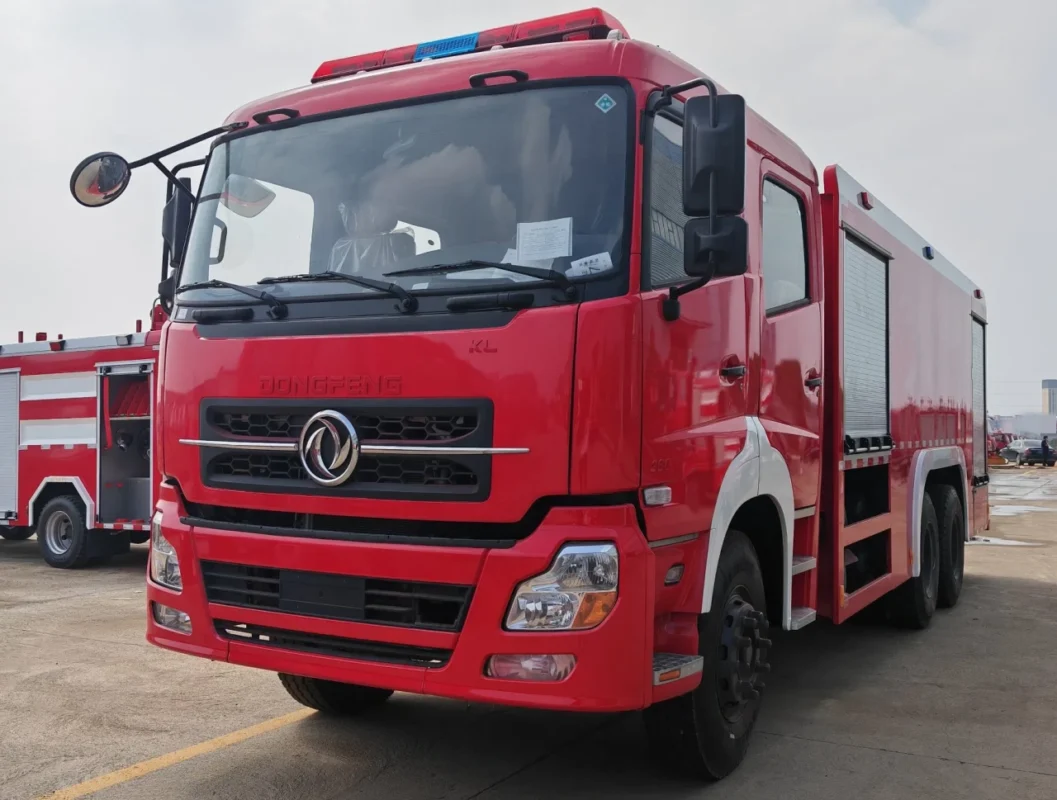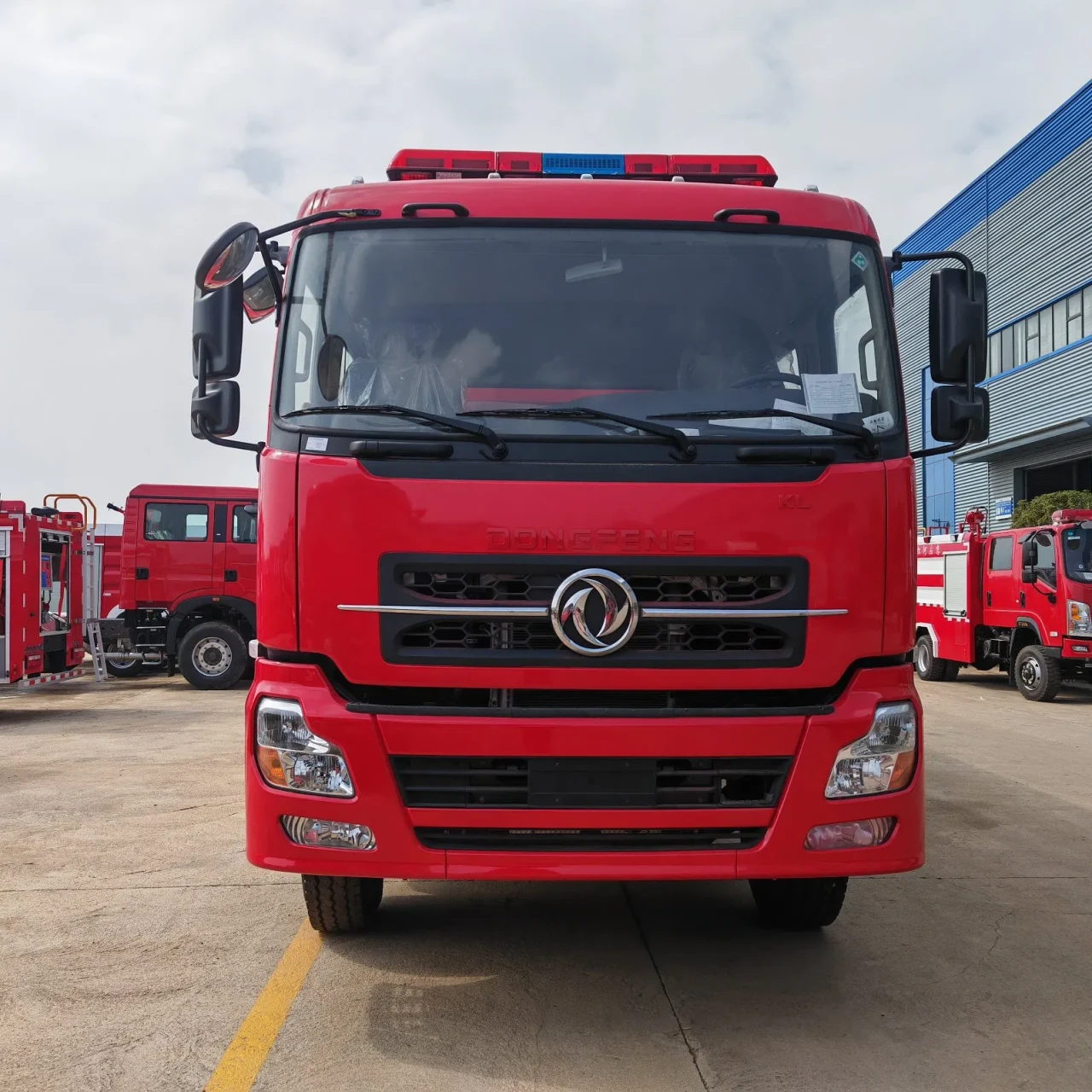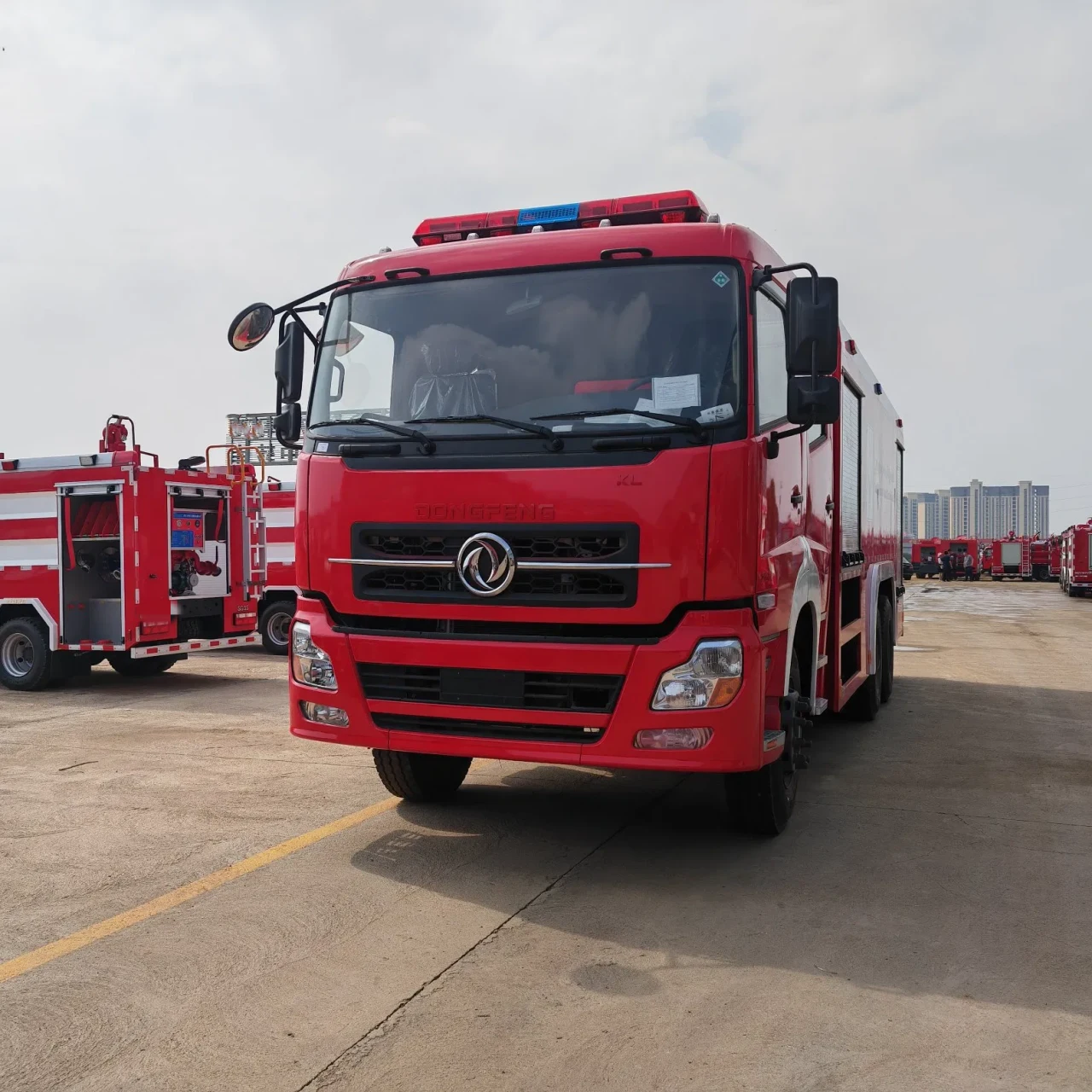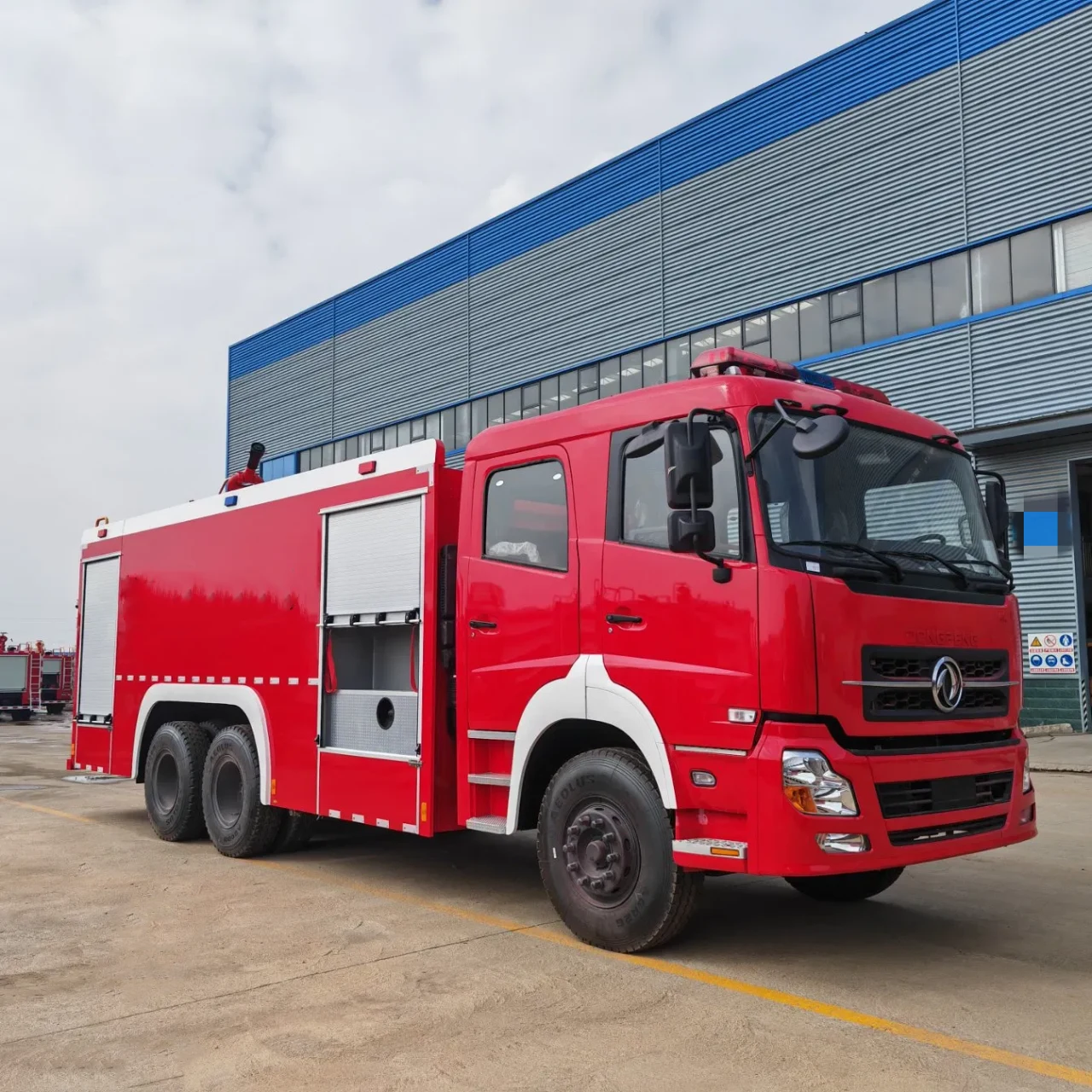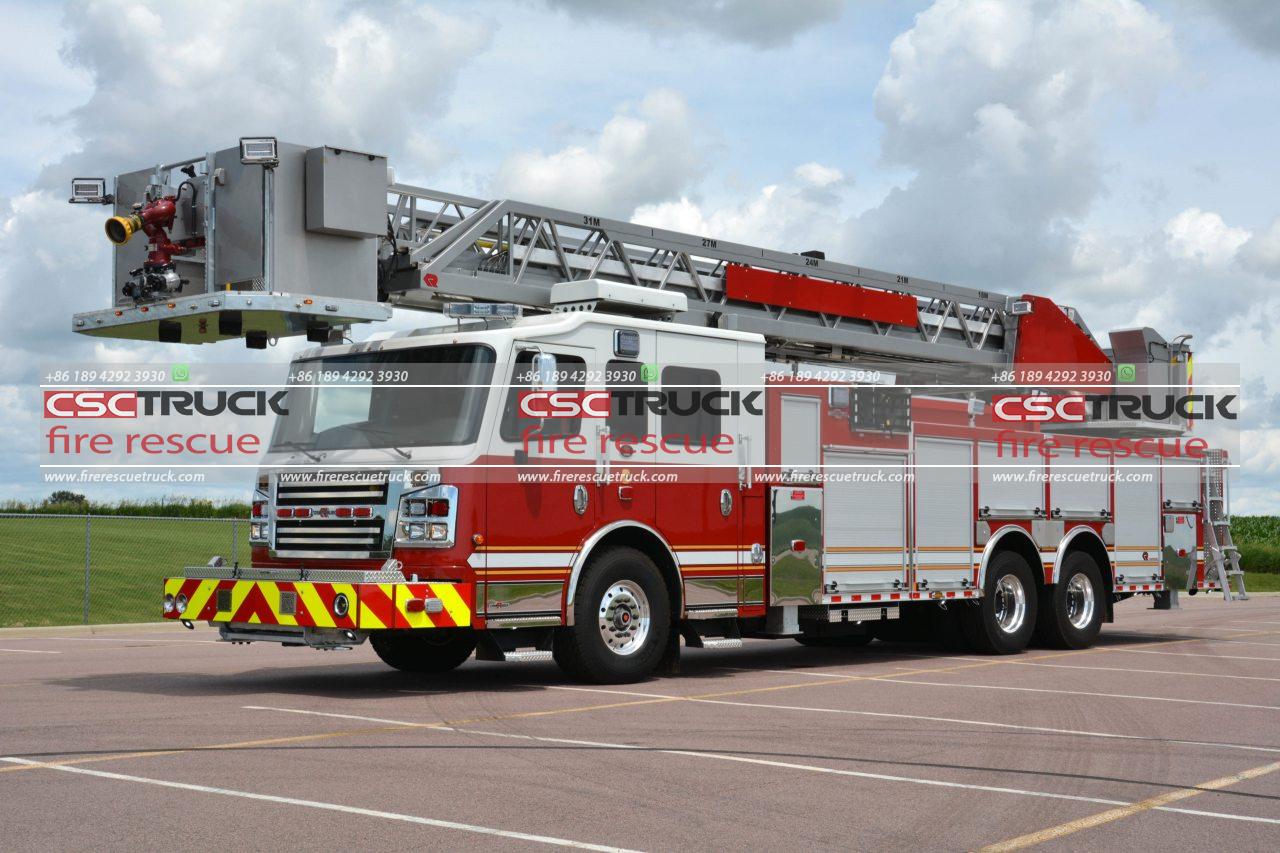When discussing firefighting equipment, one term that frequently comes up is the fire department pumper, also known as a fire engine or pumper truck. This essential piece of apparatus plays a central role in nearly every fire department across the world. But what exactly is a fire department pumper? How is it defined, and what functions does it serve in the context of emergency services?
This article explores the definition, purpose, key components, and operational importance of fire department pumpers, giving you a comprehensive understanding of this vital firefighting tool.
Defining a Fire Department Pumper
A fire department pumper is a type of fire apparatus designed primarily to pump and deliver water to extinguish fires. According to the National Fire Protection Association (NFPA), a pumper is defined as a vehicle that has a permanently mounted fire pump, a water tank, and a hose body, as well as the necessary equipment to perform firefighting operations.
NFPA 1901, the standard that governs automotive fire apparatus, specifies that a pumper must include:
- A water pump capable of delivering at least 750 gallons per minute (GPM) at 150 psi
- A water tank with a minimum capacity of 300 gallons
- Hose storage and fittings for various hose sizes
- Basic firefighting equipment, like nozzles, adapters, and tools
Though many fire departments customize their pumpers beyond the minimum standards, the NFPA definition sets the foundation for what qualifies as a pumper truck.
Core Functions of a Fire Department Pumper
While the name suggests that pumping water is its main job, a fire department pumper does much more. It acts as a mobile water supply, a vehicle for firefighters and equipment, and a tactical hub during emergency responses.
1. Water Delivery and Pumping
This is the pumper’s primary function. Whether it’s drawing water from a hydrant, a lake, or an onboard tank, the pumper uses its powerful engine-driven pump to deliver water to the fire scene through attached hoses. The ability to maintain consistent pressure and flow rate is critical to controlling and extinguishing fires quickly.
2. Carrying Firefighting Personnel and Gear
A typical pumper carries 4 to 6 firefighters, along with personal protective equipment (PPE) and self-contained breathing apparatuses (SCBAs). It also stores essential tools like axes, halligans, hydrant wrenches, and thermal imaging cameras, making it a versatile emergency response vehicle.
3. Support for Rescue and Medical Operations
Modern pumpers are often equipped with basic life support (BLS) gear and rescue tools, such as first aid kits, automated external defibrillators (AEDs), and even hydraulic extrication tools. This enables the pumper crew to assist with medical calls, vehicle accidents, and technical rescues when needed.
Key Components of a Fire Department Pumper
A pumper is a complex machine with several integrated systems working together. Here are the main components that define its capabilities:
1. Fire Pump
The heart of the pumper, this pump is typically a centrifugal pump driven by the vehicle’s engine or a separate motor. It is responsible for drawing in and pressurizing water, which is then distributed to various hoses.
2. Water Tank
The internal water tank, usually made from fiberglass or polypropylene, holds between 500 to 1,000 gallons of water. This allows for immediate firefighting capabilities upon arrival, especially in areas without nearby hydrants.
3. Hose Bed and Hose Reels
Pumpers carry a variety of hoses, including:
- Attack lines (1.5”–2.5” in diameter) for close-range firefighting
- Supply lines (typically 4” or 5” large diameter hose) for connecting to hydrants
- Booster reels (smaller diameter hose on reels) for small fires and rapid response
These hoses are stored in designated beds, trays, or reels on the truck.
4. Pump Panel
Located on the side of the truck, the pump panel is where the engineer controls water flow, pressure, and distribution. It includes gauges, valves, and levers for precise water management.
5. Compartments and Equipment Storage
Pumpers have multiple compartments to store firefighting tools, ladders, medical kits, extinguishers, and other essential gear. Organization and quick access are crucial during emergency operations.
Types of Fire Department Pumpers
While all pumpers share common characteristics, there are several specialized types based on their use case:
1. Type 1 and Type 2 Pumpers
These are the most common types found in urban and suburban fire departments. Type 1 is typically the larger and more capable model, used for structural fires and high-demand scenarios. Type 2 is slightly smaller and often used for rescue or support roles.
2. Wildland (Type 3–7) Pumpers
Designed for fighting brush and forest fires, these pumpers are lighter and more mobile, capable of off-road travel. They usually carry less water and equipment, but are crucial for rural fire operations.
3. Rescue-Pumper
This hybrid vehicle combines the capabilities of a pumper with the storage and equipment found in rescue trucks. They are often used by departments that need to maximize function with limited apparatus.
Importance in Fire Service Operations
The pumper is typically the first vehicle to arrive at a fire scene, making it the backbone of most fire departments’ response strategy. It allows for immediate action, whether that means initiating fire suppression, conducting search and rescue, or supporting EMS operations.
In larger departments, pumpers work in coordination with ladder trucks, rescue units, and command vehicles. However, in smaller or rural departments, a single pumper may be the primary all-purpose apparatus for a wide range of calls.
Modern Innovations in Pumper Design
Advancements in technology have enhanced the functionality and efficiency of today’s fire department pumpers. Some notable innovations include:
- Electronic pump controls and diagnostics
- Foam proportioning systems for Class A and B fires
- Compressed air foam systems (CAFS)
- Integrated lighting and camera systems for better scene visibility
- Ergonomic designs for safer and quicker access to equipment
These improvements help firefighters perform their duties more effectively while improving safety and reliability.
Conclusion
A fire department pumper is far more than just a water pump on wheels. It is a multifunctional emergency response vehicle that combines water delivery, equipment transport, and firefighting capabilities into a single, mission-critical apparatus. Its presence is indispensable on the fireground, and its design reflects the evolving needs of modern fire services.
Whether battling a residential structure fire, supporting a technical rescue, or assisting in medical emergencies, the fire department pumper remains a symbol of swift action, strength, and service in the face of danger. Understanding its role, design, and purpose not only highlights its importance but also showcases the complexity and professionalism behind every fire department operation.
